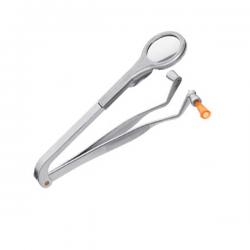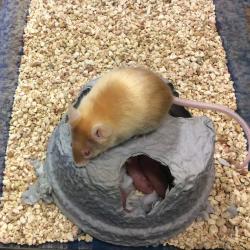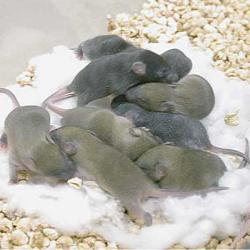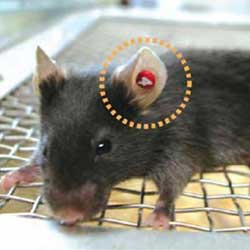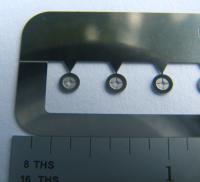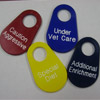Best Practices, Care, and Use of Laboratory Mice and Other Lab Animals
The key to successful use and management of laboratory animals resides in these two best practices:
- 1. Precise data collection
- 2. The contentment of your mice and other lab animals
The contentment factor depends on taking proper steps to maintain the well-being of the animals in the lab’s care. This very much depends on the attitude of the laboratory staff. At the very least, they should adhere to the principles laid out in any national, state, or local regulations regarding the prevention of cruelty to animals.
Beyond that, staff must adhere to professional standards when it comes to looking after the cleanliness of the cages and other enclosures, providing a healthful diet sufficient to nourish the animals, and maintaining a comfortable temperature and ventilation. Generally this entails the following tasks:
Drinking Water
Providing a plentiful supply of fresh drinking water from an appropriate container from which fluid can be readily dispensed through an attached tube.
Food
Regular feeding with a balanced diet that contains vitamins, protein, carbohydrates, and fat, along with vegetable greens. The food should be dispensed in a form appropriate to the animals, such as pellets or cubes.
Clean Living Environment
To help prevent the spread of endemic diseases among mice and other laboratory animals, keeping their cage clean is essential. The floor of the cage should be lined with a layer of soft-wood sawdust, sugarcane pith, or other absorbent material, and it should be replaced regularly with clean material. The cage itself should be periodically cleaned with soapy water or a disinfectant solution.
Creature Comforts
Living space and exercise are important. The size of the cage should be large enough to accommodate the number of laboratory mice sharing the “home” in order to avoid stressing them. Beyond that, as caged animals they must be provided with objects to chew or explore, toys, and other diversions to prevent neurotic behavior.
For example, our Refuge Mouse Hut provides laboratory mice with a comfortable and quiet place to rest, climb on, or explore. The non-toxic material is ideal for shredding (just for fun or to build a nest).
Also non-toxic is our Cocoon Nesting & Bedding Material, the latest environmental enrichment nesting and bedding product for laboratory rodents. The short fibers of the product are safer for the animals and allow it to fulfill their nesting instinct, as in their natural habitat.

